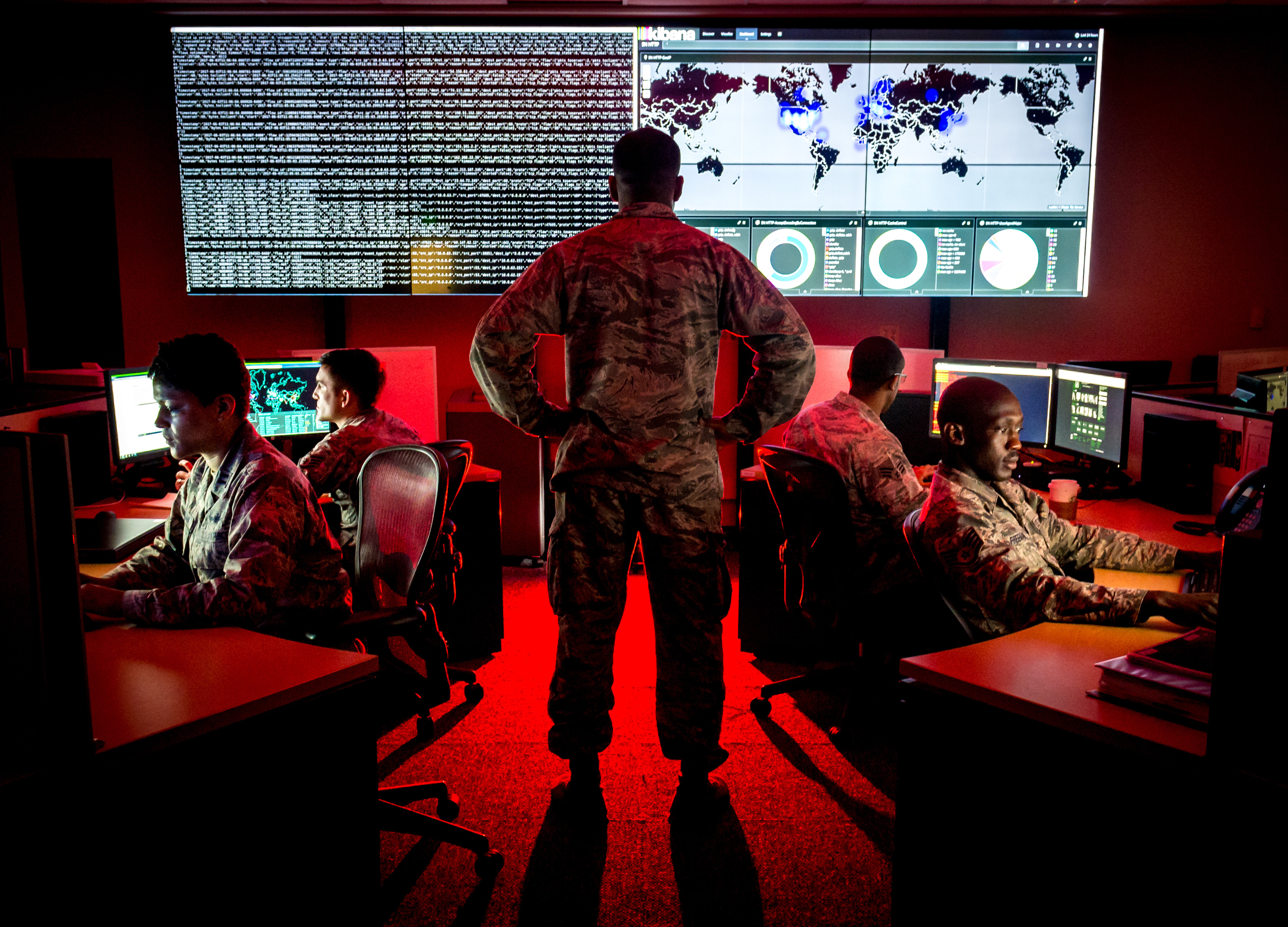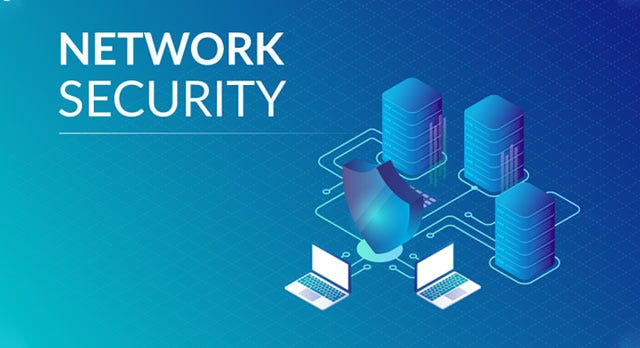Cyber, Military, and Personal Defense: Strategies for Every Threat
In an increasingly interconnected world, defense systems have become more critical than ever. Threats emerge from various fronts—cyber, military, and personal security. Whether it’s a hacker attempting to breach sensitive data, a nation preparing for potential military conflict, or an individual safeguarding themselves from physical harm, having effective defense strategies is essential. This article explores key strategies in cybersecurity, military defense, and personal security, offering insights into how individuals, organizations, and nations can fortify themselves against evolving threats.
Cybersecurity Defense Strategies
Cybersecurity is one of the most pressing concerns in the digital age. With the rise of online transactions, social media, and data-driven organizations, cybercriminals have more opportunities than ever to exploit vulnerabilities. The following strategies are critical for robust cybersecurity:
Implement Strong Authentication Measures
Use multi-factor authentication (MFA) for all accounts.
Enforce strong, unique passwords and change them regularly.
Utilize biometric authentication where possible.
Keep Software and Systems Updated
Regularly update operating systems and software to patch vulnerabilities.
Enable automatic updates to ensure timely security fixes.
Network Security Measures
Use firewalls to filter and monitor incoming and outgoing traffic.
Employ Virtual Private Networks (VPNs) for secure remote access.
Implement intrusion detection and prevention systems (IDS/IPS).
Educate and Train Employees
Conduct cybersecurity awareness training programs.
Simulate phishing attacks to teach employees how to recognize threats.
Foster a security-first culture within organizations.
Data Protection and Encryption
Encrypt sensitive data both in transit and at rest.
Regularly back up data to prevent loss due to ransomware attacks.
Store backups in multiple locations, including offline storage.
Monitor and Respond to Threats
Use Security Information and Event Management (SIEM) tools to detect anomalies.
Have an incident response plan in place to mitigate breaches.
Conduct regular penetration testing to assess vulnerabilities.
Cyber threats such as ransomware, phishing, and Distributed Denial of Service (DDoS) attacks are constantly evolving. Staying ahead requires vigilance and a proactive cybersecurity strategy.
Military Defense Strategies
Military defense is a complex and evolving field that requires strategic planning, technological innovation, and tactical execution. Military defense strategies are designed to protect a nation’s sovereignty and its citizens from external threats.
Strengthening Military Readiness
Maintain a well-trained, disciplined, and highly skilled armed force.
Conduct regular military exercises and drills to simulate combat scenarios.
Ensure effective logistical support for troops and supplies.
Advanced Weaponry and Technology
Invest in cutting-edge weapons, including drones, hypersonic missiles, and AI-powered defense systems.
Develop cybersecurity measures to protect military networks and infrastructure.
Enhance intelligence capabilities through satellite surveillance and reconnaissance.
Strategic Alliances and Diplomacy
Form alliances with other nations to enhance collective security (e.g., NATO).
Engage in diplomatic talks to prevent conflicts before they arise.
Participate in joint military exercises with allied forces to improve coordination.
Cyber Warfare Defense
Develop robust cyber defense units to prevent cyberattacks on military systems.
Implement AI-driven threat detection and mitigation strategies.
Conduct cyber reconnaissance to gather intelligence on potential adversaries.
Tactical Defense Strategies
Use decentralized command structures to reduce vulnerabilities.
Implement layered defense strategies, such as air, land, sea, and space-based defense.
Maintain strategic deterrence through nuclear and missile defense systems.
Counter-Terrorism and Asymmetric Warfare
Strengthen intelligence sharing between military and civilian agencies.
Utilize special forces and unconventional warfare tactics against non-state threats.
Enhance border security to prevent terrorist infiltration.
With rising global tensions and technological advancements in warfare, military defense strategies must continuously adapt to new threats and challenges.
Personal Defense Strategies
On an individual level, personal defense is essential for ensuring safety in everyday life. Whether facing threats like physical assault, home invasions, or emergencies, individuals must adopt strategies to protect themselves and their loved ones.
Situational Awareness
Be mindful of your surroundings and identify potential threats.
Avoid high-risk areas, especially at night.
Trust your instincts and react quickly to suspicious behavior.
Self-Defense Training
Learn basic self-defense techniques, such as martial arts or Krav Maga.
Carry legal self-defense tools, such as pepper spray or a tactical flashlight.
Understand the legal implications of self-defense actions.
Home Security Measures
Install surveillance cameras and alarm systems to deter intruders.
Reinforce doors and windows with high-quality locks.
Keep valuables stored in a secure safe.
Digital Hygiene for Personal Security
Be cautious about sharing personal information online.
Avoid clicking on suspicious links or downloading unknown attachments.
Use privacy settings on social media to restrict access to personal data.
Emergency Preparedness
Have an emergency plan in place for natural disasters or home invasions.
Maintain an emergency kit with essential supplies (food, water, first aid, flashlight, etc.).
Learn basic medical skills, such as CPR and wound care.
Defensive Driving and Travel Safety
Follow defensive driving techniques to prevent accidents.
Avoid risky travel destinations and research safety guidelines in advance.
Carry an emergency phone and GPS tracker for added security.
Personal defense is about being proactive, prepared, and aware of potential risks in daily life. Taking preventive measures can significantly reduce risks and improve safety.
Conclusion
Defense strategies play a crucial role at various levels—cybersecurity, military, and personal security. As threats continue to evolve, individuals, organizations, and nations must adopt a proactive approach to defense.
Cybersecurity defense requires strong authentication, data protection, employee training, and active monitoring of threats.
Military defense involves strategic readiness, advanced weaponry, cyber warfare protection, and diplomatic alliances.
Personal defense focuses on situational awareness, self-defense training, home security, and emergency preparedness.
By implementing these strategies, we can create a safer environment for ourselves and future generations. Whether on the digital battlefield, the military frontlines, or in everyday life, a strong defense is the key to survival and security.


